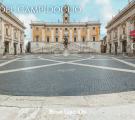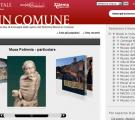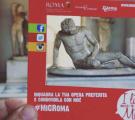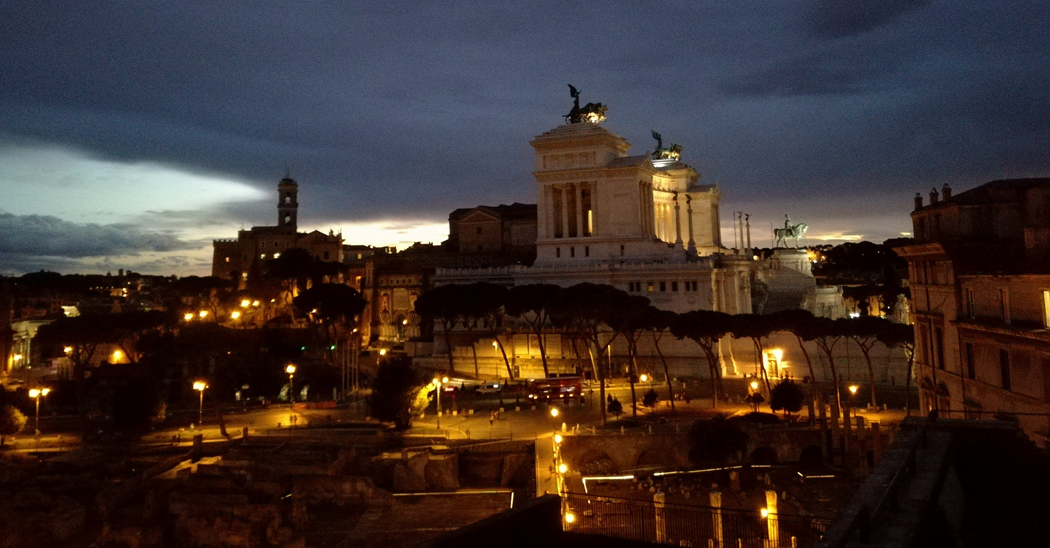9511
This archaeological area, which extends along the second and third miles of the via Appia, comprises three main buildings: the palace, the circus and the dynastic mausoleum and was designed as an indissoluble architectonic whole to honour the Emperor Maxentius, Constantine’s ill-fated adversary in the battle of Ponte Milvio in 312 AD.
The site was expropriated by the City of Rome in 1943 and in 1960, to mark the staging of the Olympics in Rome, the circus was completely excavated and the outer walls made stronger. The partial excavation of the palace and restoration of the central barrier ( spina), the colonnaded quadrangle ( quadriportico) and the mausoleum followed.
The lay out of the other Maxentian constructions on site appear to be the result of the final remodelling of what was originally a country villa from the Republican era (2nd century BC) that had been built in a panoramic position on the slopes of a hill overlooking the Colli Albani (Alban Hills). An earlier transformation had apparently been carried out during the first Imperial era, but then in the 2nd century AD, an even more radical remodelling project was undertaken by Herod Atticus who incorporated it into his so-called Pago Triopio, a kind of sanctuary with temples and sacred areas.
The best-known monument on the site is the circus, the only Roman circus in existence in which all the architectural elements have survived in relatively good condition. The dynastic mausoleum located within a colonnaded quadrangle, is also known as “Romulus’ tomb” as it is thought that the Emperor’s young son was buried here.







































